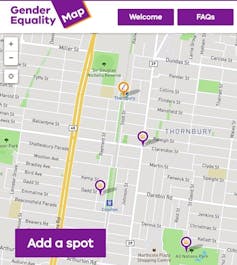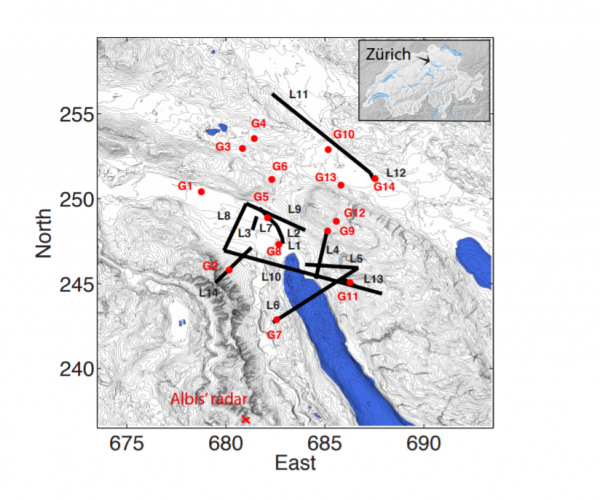Philip Joyce at Governing: “In a column in this space in 2015, the late Paul L. Posner, who was one of the most thoughtful observers of public management and intergovernmental relations of the last half-century, decried the disappearance of report cards of government management. In particular, he issued an appeal for someone to move into the space that had been occupied by the Government Performance Project, the decade-long effort funded by the Pew Charitable Trusts to assess the management of states and large local governments.
If anything, what Posner advocated is needed even more today. In an era in which the call for evidence-based decision-making is ubiquitous in government, we have been lacking any real analysis, or even description, of what states and local governments are doing. A couple of recent notable efforts, however, have moved to partially fill this void at the state level.
First, a 2017 report by Pew and the MacArthur Foundation looked across the states at ways in which evidence-based policymaking was used in human services. The study looked at six types of actions that could be undertaken by states and identified states that were engaging, in some way, across four specific policy areas (behavioral health, child welfare, criminal justice and juvenile justice): defining levels of evidence (40 states); inventorying existing programs (50); comparing costs and benefits at a program level (17); reporting outcomes in the budget (42); targeting funds to evidence-based programs (50); and requiring action through state law (34)….
The second notable effort is an ongoing study of the use of data and evidence in the states that was launched recently by the National Association of State Budget Officers (NASBO). Previously, no one had attempted to summarize and categorize all of the initiatives – including those with their impetus in both laws and executive orders — underway across the 50 states. NASBO’s inventory of “Statewide Initiatives to Advance the Use of Data & Evidence for Decision-Making” is part of a set of resources aimed at providing state officials and other interested parties with a summary demonstrating the breadth of these initiatives.
The resulting “living” inventory, which is updated as additional practices are discovered, categorizes these state efforts into five types, listing a total of 90 as of this writing: data analytics (13 initiatives in 9 states), evidence-based policymaking (12 initiatives in 10 states), performance budgeting (18 initiatives in 16 states), performance management (27 initiatives in 24 states) and process improvement (20 initiatives in 19 states).
NASBO acknowledges that it is difficult to draw a bright line between these categories and classifies the initiatives according to the one that appears to be the most dominant. Nevertheless, this inventory provides a very useful


